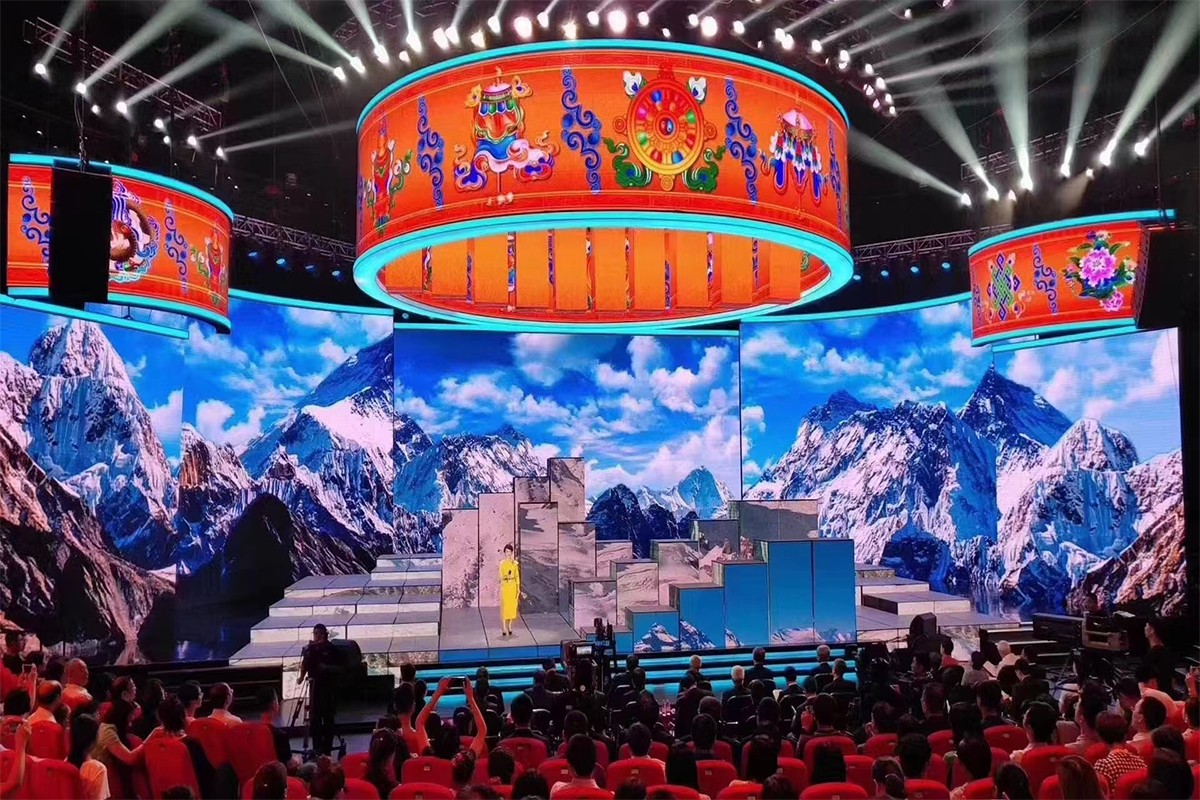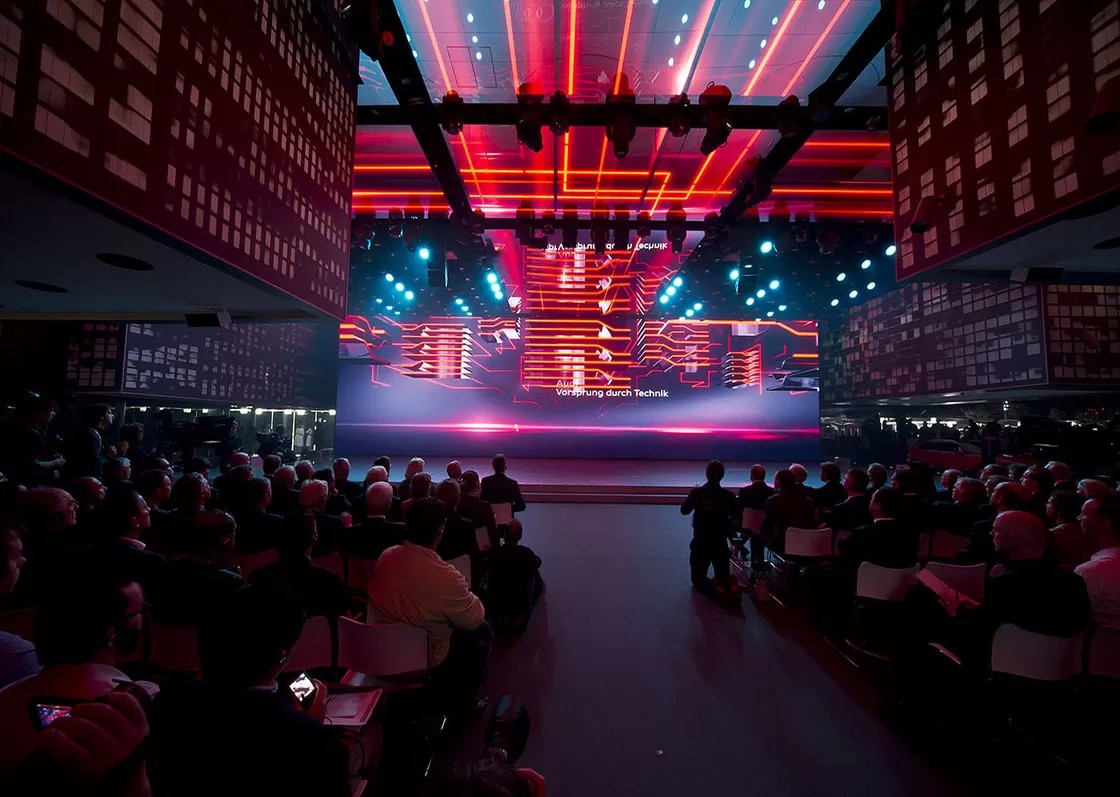As an important visual element in modern performances, conferences and activities, the installation of stage display is not only related to the visual effect of the performance, but also directly affects the overall atmosphere and experience of the event. In order to ensure that the installation of the stage display is both professional and efficient, the following points should not be ignored.

1. Preliminary planning and site selection
Before installing stage displays, detailed advance planning is essential. This includes determining the size, resolution, brightness, installation method (such as lifting, wall hanging or ground installation) of the display screen, which needs to be considered according to the stage size, audience distance, environmental light and other factors. At the same time, the location should ensure that the display can cover the audience's field of view to the greatest extent, avoid blocking or reflective phenomena, and ensure that every audience can get the best visual experience.
2, structural safety and stability
The installation structure of the stage display must be solid and reliable to withstand the weight of the display itself and possible external factors such as wind and vibration. For the mounted or wall-mounted display, professional lifting brackets or mounting racks should be used, and strict mechanical calculations and tests should be carried out to ensure its stability under extreme conditions. In addition, the maintenance and adjustment space of the display screen should be considered during the installation process, so as to facilitate future maintenance and upgrading.
3, electrical safety and grounding protection
Electrical safety is another important point in the installation of stage displays. The power and signal cables of the display must be properly connected to avoid short circuit or overload. At the same time, ensure that the display has good grounding protection to prevent static electricity or lightning damage to the display and personnel. In large performances or activities, it is also necessary to be equipped with professional electrical engineers for on-site supervision to ensure the safe and stable operation of the electrical system.
4. Debugging and calibration
After installation, careful debugging and calibration of the display screen is the key to ensure the display effect. This includes color correction, brightness adjustment, resolution testing, etc., to ensure that the display can accurately and vividly present image and video content. In addition, it is necessary to conduct multiple field tests to simulate different scenes in actual performances to ensure the stable operation of the display under various conditions.
5. Emergency plan and technical support
In large events, the failure of the display may affect the process and effect of the entire event. Therefore, the development of a detailed emergency plan, including spare display screens, quick maintenance tools and technicians, is an important guarantee to ensure the smooth progress of the event. At the same time, work with a professional technical support team to ensure that problems can be quickly responded to and resolved when they arise.




